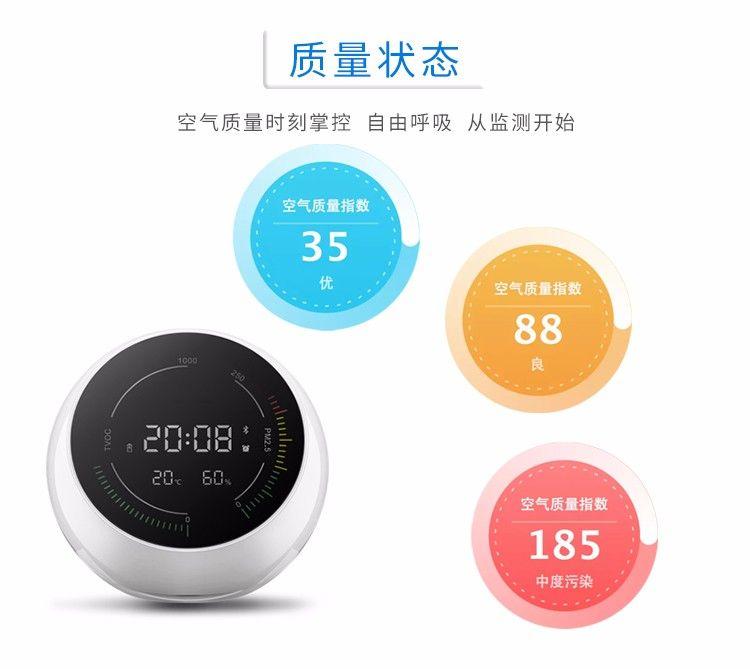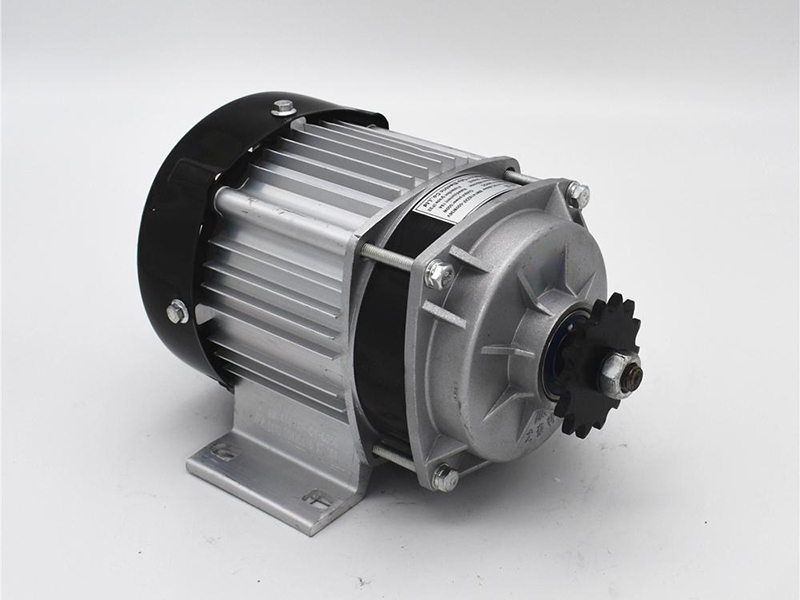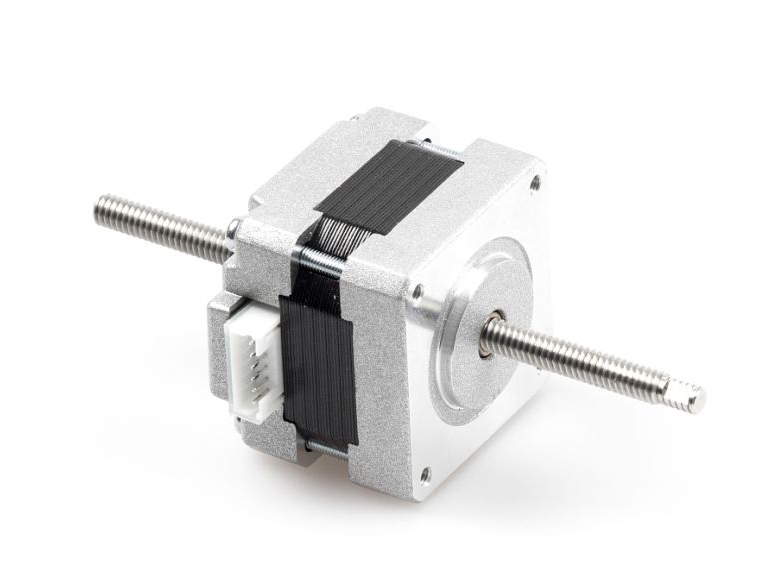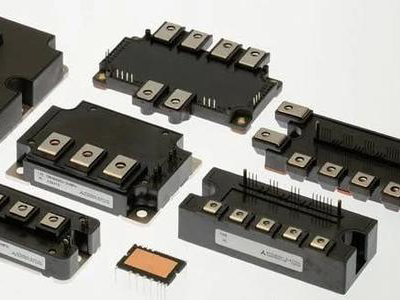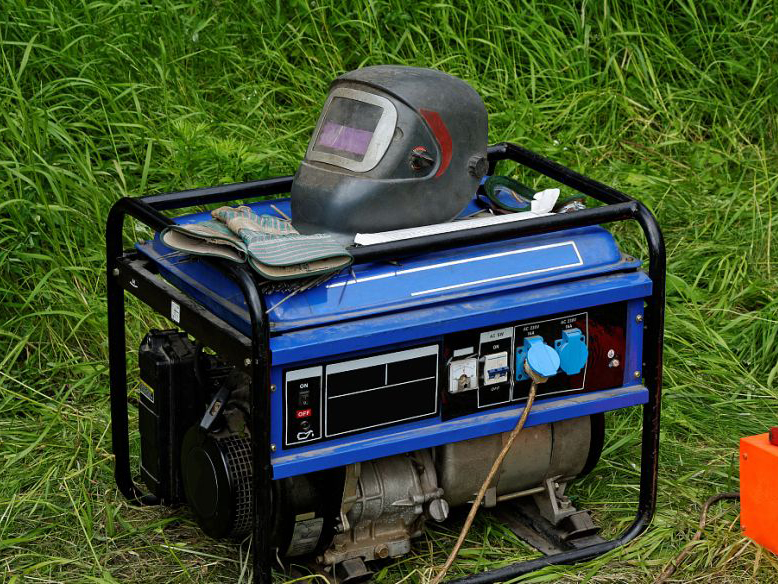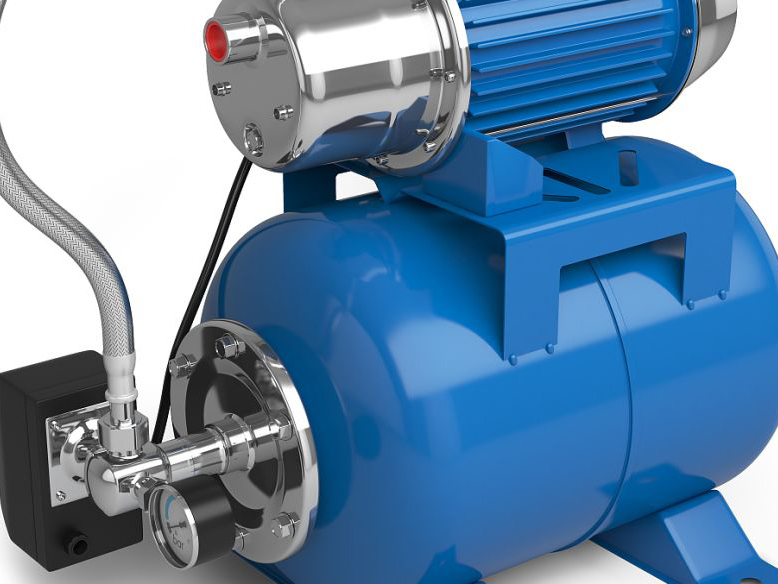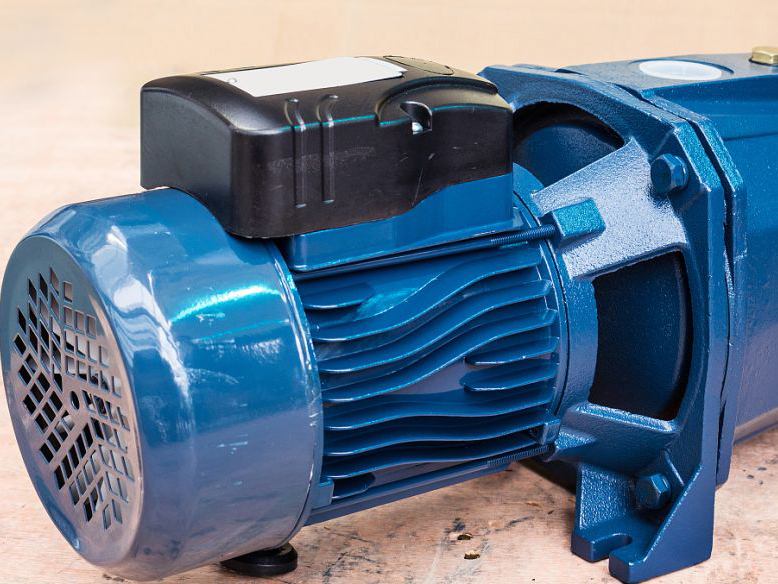The intelligent air quality detector can detect indoor detection types PM2.5/PM10 CO/CO2, O2/NH3, formaldehyde, temperature/humidity VOC, aldehydes, etc. It can detect harmful gases in the room alone, or APP, etc. Linkage display and prompt This air quality detector contains multiple modules, which can detect and move the air around us in real time. When the surrounding air quality problem is detected, the user is automatically notified, and the air purifier is linked to purify the air.
1. The construction function of the intelligent air quality detector
A smart air quality detector that can show users air quality problems. Built-in humidity, temperature, carbon dioxide, PM2.5 industrial-grade sensors, if the data changes, a warning will be issued in time.
1. Formaldehyde detection:
The built-in high-sensitivity electrochemical formaldehyde sensor uses scientific and effective electrochemical principles to sensitively and accurately detect the concentration of formaldehyde in the air, with a detection accuracy of 0.01mg/m3.
2. PM2.5 detection:
Using a high-precision laser sensor, the number and diameter of the particles are calculated by the laser scattering method, and finally the PM2.5 concentration of the measurement environment is accurately calculated, with a detection accuracy of 1 microgram/m3.
3. Temperature and humidity detection:
In addition to detecting formaldehyde and PM2.5, Wukong M1 also has a built-in temperature and humidity sensor. In the case of changes in air temperature and humidity, the detector can quickly perceive it, thereby displaying indoor environmental indicators more comprehensively.
4. Time representation:
The main board is equipped with a button battery, which keeps timing, and the accuracy of the time and date will not be affected when shutting down, and there is no need to recalibrate the time. After connecting to WIFI, the network time will be automatically synchronized once an hour.
5. Night light function:
Few similar products on the market currently have such a sensor night light function. The overall color temperature, illuminance, and response accuracy of the lighting are satisfactory.
Second, the detection principle of the intelligent air quality detector
1. Resistance method:
This method is a technology that has been applied in recent years. Its principle is based on temperature compensation and is realized by measuring the resistivity difference before and after ultraviolet oxidation of the sample. However, this method has strict requirements on the source of the measured water body, which is relatively clean industrial water and pure water, and has a single application direction.
2. Ultraviolet method:
The detection and analysis of UV absorption spectrum TOC can be traced back to 1972. Dobbs et al. studied the linear relationship between the UV absorbance value (a) at 254 nm and the TOC of the secondary effluent of urban sewage treatment and river water. After decades of development, the application of this method has developed rapidly due to its advantages such as fast, non-contact measurement, good repeatability, and less maintenance.
3. Conductivity method
The main device involved in the method is a battery, which is composed of a reference electrode, a measuring electrode, a gas-liquid separator, an ion exchange resin, a reaction coil, and NaOH conductive liquid. The advantage of the conduction cell is that it is low in price and easy to popularize, but its stability is poor.
4. Ozone oxidation method
Utilizing the strong oxidizing property of ozone, using ozone oxidation as the TOC detection technology, the reaction speed is fast, there is no secondary pollution, and it has high application value. Therefore, the application prospect of the method is very impressive.
3. Application scope of smart air quality detector
1. Public buildings: airports, subway stations, stations, hospitals.
2. Intelligent building: office building, business center, brand store.
3. School campus: kindergarten, elementary school, middle school, university.
4. Service centers: hotels, confinement centers, nursing homes.
5. Smart home: apartments, villas, high-end residences.
6. System integration: fresh air system, heating system, air purification system.
News
- A motor without a brush is called a brushless moto...
- With the development of technology and industry, t...
- Regarding power devices, many people dont understa...
- Key synergy to improve efficiency. Motor drive con...
- Motor control refers to the control of starting, a...
- At the recent leaders’ climate summit, President ...

